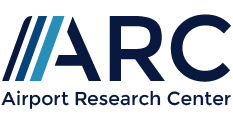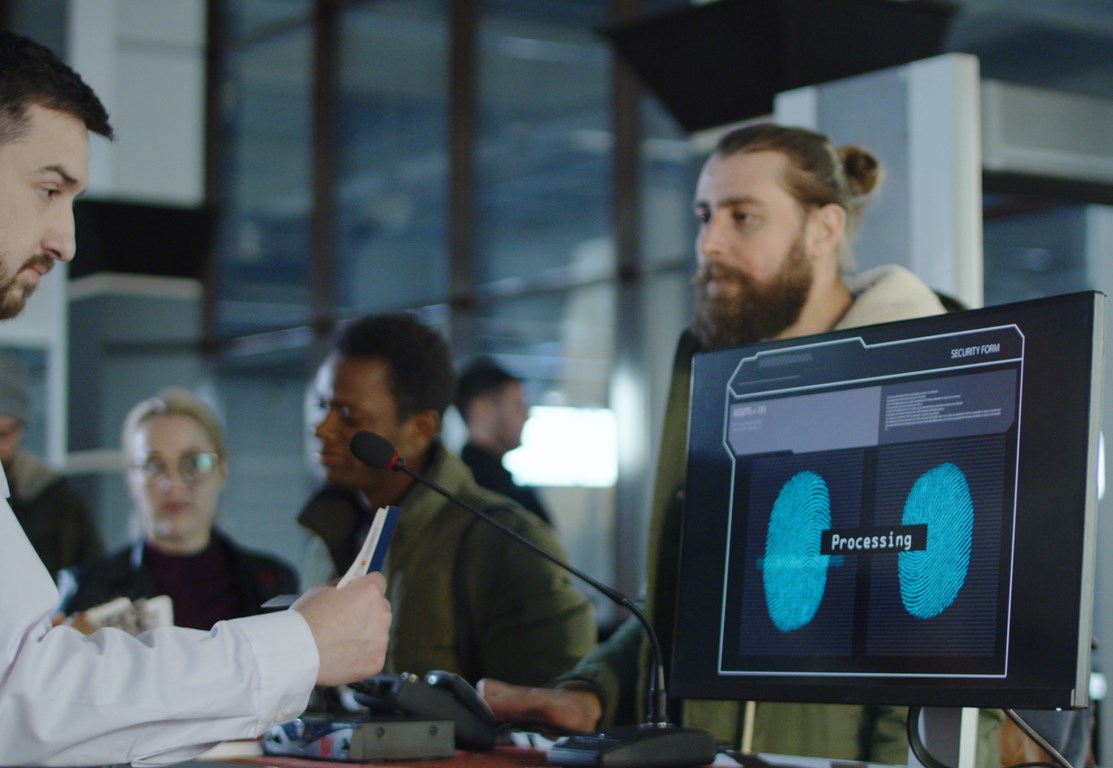
Hannover Airport
Staffing Optimization of Passport and Security Control Lanes
Let’s align the labor-hour allocation to customer demand – and optimize the level of service for passengers at once.
Project Overview
Once per year German airports have to calculate their annual working hours for security and passport control staff to determine the air security charge. ARC was asked to support Hannover Airport with this task. The objective of this study was to identify optimisation potential for the currently applied calculation approach.
The requirement for the optimised calculation approach was:
- accurately forecast the number of expected passengers and their show-up time at the security and passport control checkpoints
- calculate the staff requirements per time interval of reference days and also on an annual base
- optimize the staffing schedules to continuously fulfil the desired service levels and avoid idle times
Services provided
In order to get a detailed understanding of the passenger demand, past flight schedules of the last seasons and forecast schedules have been analysed. On-site measurements were used to gain knowledge about the passenger behaviour (e.g. show-up time at the security checkpoint) or operational conditions (e.g. throughput per lane). ARC applied a combination of spreadsheet and simulation models to cluster all information and develop an algorithm to calculate the annual working hours to the best possible extent. Real-Life tests have finally proven that ARC’s calculation method is valid and leads to accurate results, which more than fulfil the client’s expectations.
Results and Benefit
In the course of this project, a comprehensive calculation algorithm to identify the required annual working hours of security and passport control staff was elaborated. The optimised staffing does not only improve the level of service for passengers (e.g. waiting times) but also reduces the annual working hours and thus costs at the airport. To achieve these aims, a close collaboration between the airport, Federal Police, ministry and airlines was required. ARC coordinated the collaboration between these stakeholders and – as a side effect of this study – improved their cooperation.







